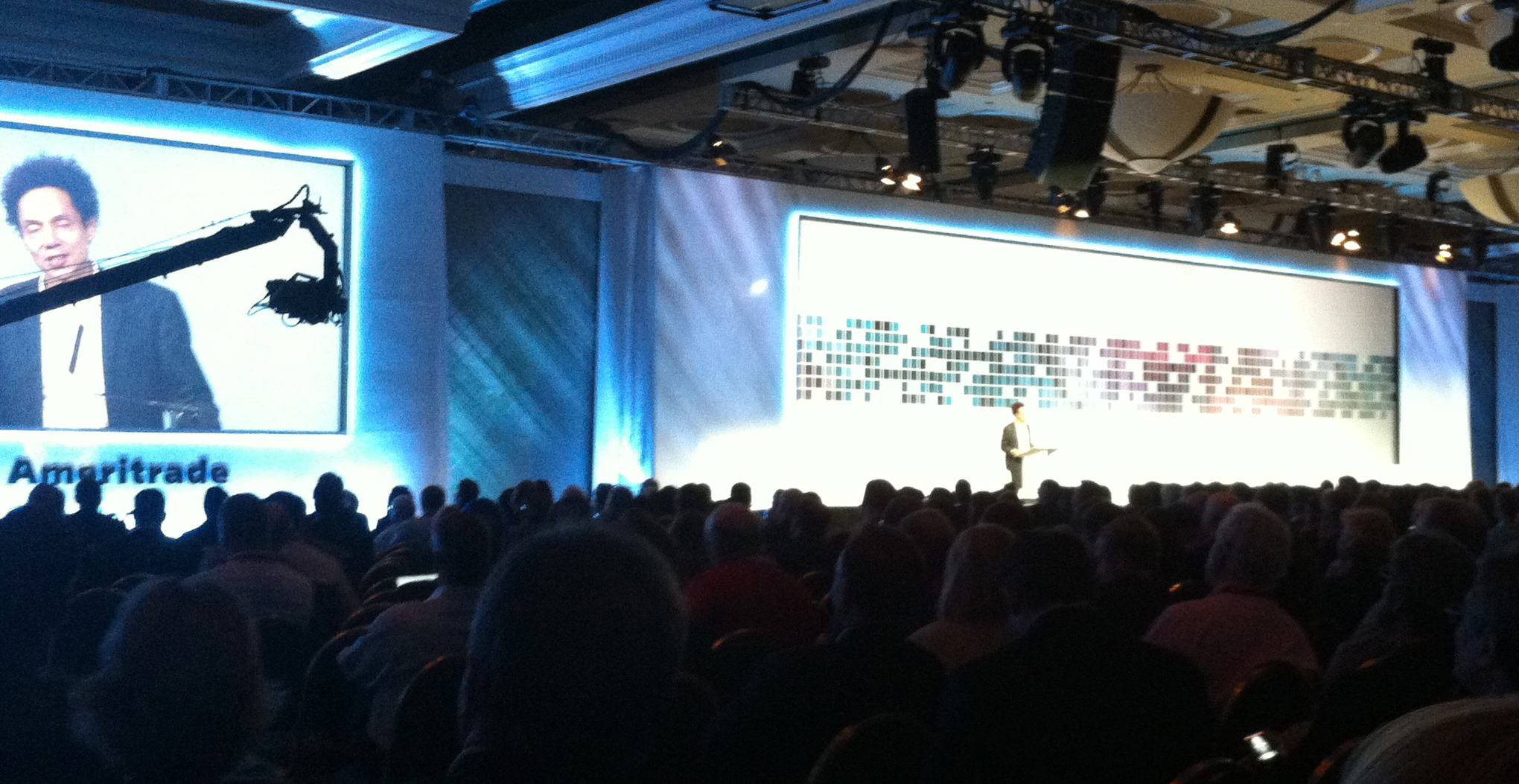 I walked into Malcolm Gladwell’s keynote presentation at the TD Ameritrade Institutional conference last week thinking it wasn’t going to be relevant to running a financial advisory business. But I came out of it with an understanding of the differences between baby boomers and generation Y (millennials). As assets and intergenerational wealth shift from the former to the latter, knowing how millennials operate is going to be key to the future of the advisor business.
I walked into Malcolm Gladwell’s keynote presentation at the TD Ameritrade Institutional conference last week thinking it wasn’t going to be relevant to running a financial advisory business. But I came out of it with an understanding of the differences between baby boomers and generation Y (millennials). As assets and intergenerational wealth shift from the former to the latter, knowing how millennials operate is going to be key to the future of the advisor business.
Gladwell, a staff writer with The New Yorker and best-selling author of The Tipping Point: How Little Things Make a Big Difference,used the analogy of the civil rights movement in the 1960s, which had a clear leader—Martin Luther King Jr., a clear mission, and an organization. But the big protest movement of today—Occupy Wall Street—lacked a clear leader or mission. And it was decentralized. The protest movement in Egypt that eventually brought down Hosni Mubarak was also decentralized and leader-less. Instead, the people organized through social networks.
These examples, Gladwell says, show a clear paradigm shift between the two generations. While the baby boomers operate under a centralized, hierarchical and organized model, the new generation organizes in open, decentralized networks.
Tom Nally, head of TD’s RIA business, told advisors that they’d better get a strategy for attracting younger investors. The “echo boom” generation, or the children of boomers, include 75 to 80 million people, and over the next eight years, they’re expected to build their wealth from $2 trillion to $28 trillion. They’re also expected to inherit $18 trillion from their boomer parents.
So if you want to capture those assets and appeal to the younger generation, remember—they operate differently. And the more you can change your business model to operate in their frame of mind, the better.
